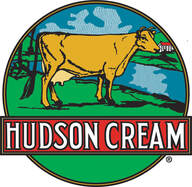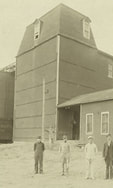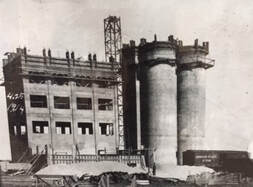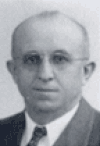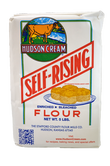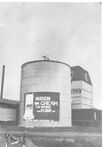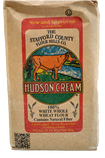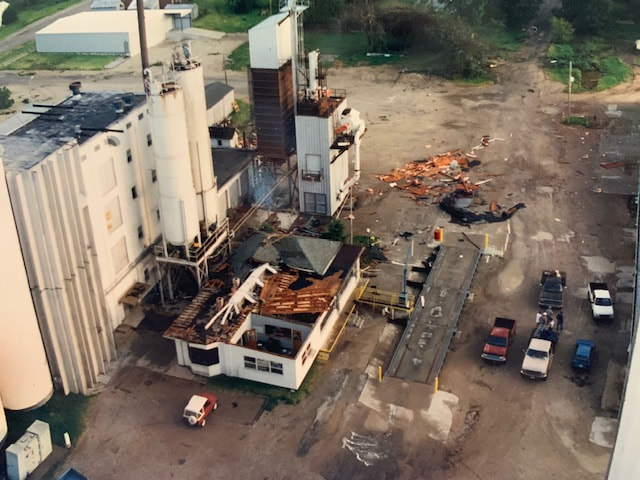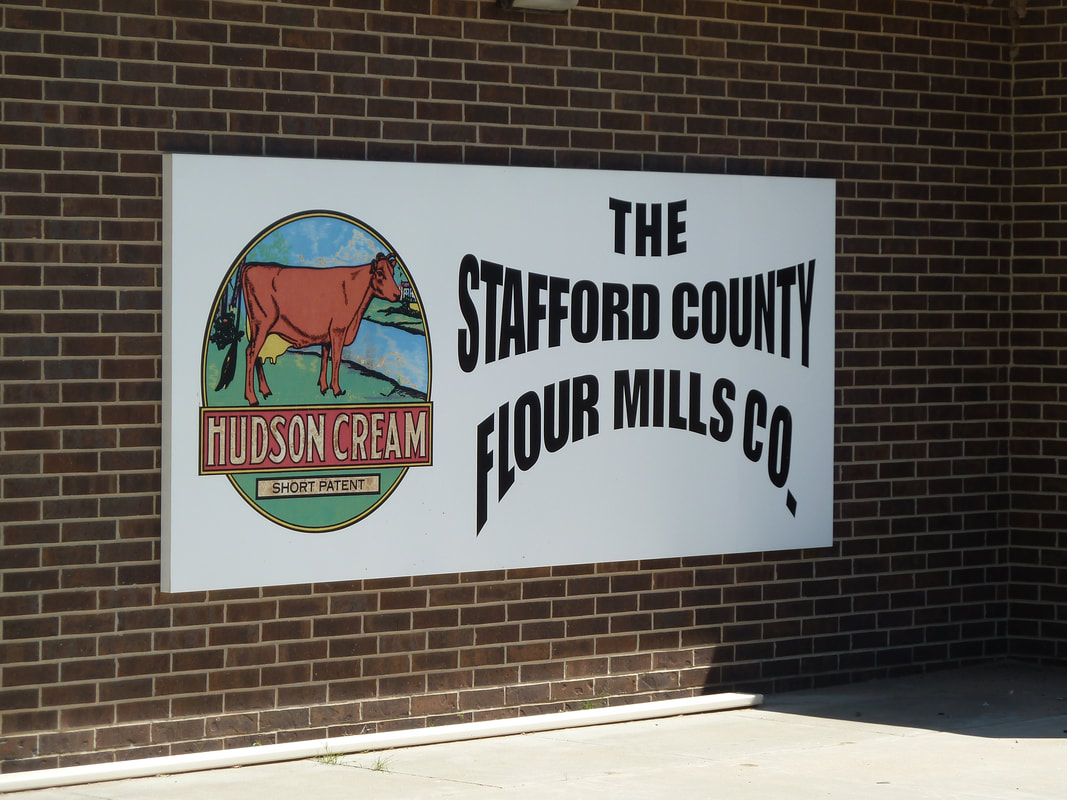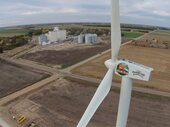HISTORY
Stafford County Flour Mills began crafting flour over a century ago,
the realization of a German immigrant's dream to build his own mill.
the realization of a German immigrant's dream to build his own mill.
1882
Gustav Krug migrated from Saxony, Germany and settled on a farm north of Hudson, Kansas. His father, Karl, was in the milling business in Germany
1906
Gustav’s sons, Richard (born in Germany) and William (born in a dugout north of Hudson), join the company as mill hands
1909
Financial problems forced the brothers-in-law to reorganize with a group of investors as the “Stafford County Flour Mills Company”.
1914
Milling began at the new mill. Capacity was 300 barrels per day. At the time, it was one of the most modern flour mills in Kansas. This is the mill that continues to be in operation today.
1922
“Never underestimate the influence of a good lady”
Leila English Reid, who was born and raised in Stafford County, moved to West Virginia and was not satisfied with any of the flour she found on the shelves there. She convinced her local grocer to accept one train car shipment of Hudson Cream Flour, and, as they say, the rest is history. Today, a majority of Hudson Cream Flour is sold in West Virginia, Virginia, Kentucky, and Ohio.
Leila English Reid, who was born and raised in Stafford County, moved to West Virginia and was not satisfied with any of the flour she found on the shelves there. She convinced her local grocer to accept one train car shipment of Hudson Cream Flour, and, as they say, the rest is history. Today, a majority of Hudson Cream Flour is sold in West Virginia, Virginia, Kentucky, and Ohio.
1937
Alvin Brensing, president of Stafford County Flour Mill from 1986 to 2010, began work at SCFM as a bookkeeper
1943
Prior to World War II, most flour was sold in 25 and 50 pound cloth bags. During the war, sugar was rationed and many women began buying bread already baked so they could use their limited sugar in other recipes. This had a lasting impact, as women became accustomed to not baking bread, even after the sugar rations were lifted. It was following WWII that flour began to be packaged in smaller bags (at first, they were cloth bags in 5 and 10 pound quantities), and a growing portion of flour was sold to commercial bakeries.
1950
Growing methods for agricultural crops improved rapidly throughout the 1950s, including the introduction of better fertilizers. In the early part of the decade, Stafford County Flour Mills began selling dry fertilizer as a service to farmers to assist them in growing better crops. Selling fertilizer is now a major part of our business.
1961
Paper bags began to be used for packaging flour rather than cloth.
1964
Remodeling and expansion project was completed that included automating the mill, electrifying the plant and increasing milling capacity to 1,000 hundredweights per day.
1984
Packaging plant was built, which included bulk flour storage along with automated packaging equipment
1985
While the general trend for flour packaging over the years has been to make bags with smaller quantities, it was not until the mid-1980s that our 140 pound bag of flour was discontinued. Most of these huge bags were sold for export.
1986
The Krug family, ready to retire and without a family member of the next generation to take over, was looking to sell Stafford County Flour Mills. Several members of the community were concerned that selling to a large company would mean a loss of jobs, and perhaps the entire mill would eventually be shut down. A holding company was formed to pool the resources of many members of the community, and the holding company purchased controlling interest of the mill from the Krug family, keeping Stafford County Flour Mills a locally owned company.
1991
Stafford County Flour Mills purchased English Grain Company in the neighboring town of Macksville, KS.
The Mill was remodeled and expanded, including installation of new cleaning equipment. Milling capacity was increased to 2,400 cwt per day.
1999
New packing equipment was installed, along with increased wheat and bulk flour storage.
2000
2001
2004
In December of 2004 we celebrated 100 years of making Hudson Cream Flour.
An additional 200,000 bushels of additional storage was added at the Macksville, KS location.
2006
The Sylvia Coop was purchased to gain another 700,000 bushels of grain storage.
2007
Company president Alvin Brensing celebrated his 70th year with Stafford County Flour Mills.
2010
An additional 648,000 bushels of additional storage was added in Hudson.
Great Western Sifters were installed in the mill.
2012
A new flour storage warehouse was built in Hudson.
2013
A new 2 & 5 lb packaging line was installed.
The wind turbine project was approved and started on.
2014
The fine Whole Wheat Milling unit was completed, creating a whole wheat flour that has less bitter taste in finished goods.
An additional 200,000 bushels of grain storage was added in Hudson.
2016
An additional 485,000 bushels of grain storage was added in Macksville.
2018
Another 485,000 bushels of grain storage was added in Macksville.
2019
All of the concrete grain storage in Hudson got a fresh coat of paint.
2021
The mill was remodeled and expanded. Milling capacity is increased to 4,000 cwt per day.
